Konnichiwa, Japan fans, and a very happy June to you!
This month, I would like to give you all the details of my trip that I took earlier this month to the Nakasendo, an ancient route running through the Kiso Valley that connected Kyoto and Tokyo.
Affiliate links are used in this post. If you make a purchase, I earn a small commission at no cost to you, which goes toward the cost of maintaining this blog.
What Is the Nakasendo?
The Nakasendo was first established in the 8th century and reached the peak of its popularity in the Edo period (1600-1868), becoming a bustling highway for samurai, nobles, merchants, and commoners alike. I should mentioned that one reason for this involved the requirement during the Edo period for the wealthy landowners and nobles of the time (known as daimyo) to live in the capital city Edo every second year. On the opposite years, members of the daimyo family were also required to live in Edo, in order for the leader, known as the shogun, to limit the wealth of the daimyo and keep a close eye on them. I can only imagine how expensive it would be transport all of your entourage and family members to Edo (Tokyo) essentially once a year (and all of the places you would need to stay along the way).
This ancient road originally stretched for 533 km (330 miles) and would take an average of two and a half to three weeks to complete. However, with the introduction of the railway system in Japan at the end of the 19th century, the old road fell into disuse, no longer the preferred route for getting between two of Japan’s most important cities.
Although much of the original Nakasendo is now gone, some sections have survived and been preserved along with connecting post towns serving as rest stops and commercial centers along the way. The original road included 69 stations. A few of these old post stations have traditional row houses that now been lovingly restored and have since become popular tourist destinations.
Our Weekend Itinerary on the Nakasendo
Day 1
One great thing about getting to the Nakasendo from Tokyo is that you can really do the highlights in two days if that’s all the time you have. We left the Busta Shinjuku bus station at around 4:30pm on a Friday and headed directly for the postal town of Magome. The bus ride took about 5 hours and included two stops for a quick rest. We then made it to the Magomechaya Guesthouse (about $92 per night) just after 9pm and got ready for an early start to Day 2 and our first day of hiking.
Day 2
Hiked from Magome to Tsumago (about 9 km) to Nagiso station (2 km) and then took the train from Nagiso to Kiso-Fukushima
Went to Kozenji (with Japan’s largest dry rock garden just before checking in at the Kiso-Mikawaya hotel (8,000 yen per night)
Day 3
Took the train from Kiso-Fukushima to Yabuhara station
Hiked from Yabuhara to Narai (about 6.5 km) and then hiked on to Kiso-Hirasawa (2.5 km)
We found no lunch or food of any kind in Kiso-Hirasawa and so went back to the train station in Kiso-Hirasawa
Took the train back to Shinjuku via Shiojiri station on the Chuo-Line -Limited Express Super Azusa – (around 3 hours)
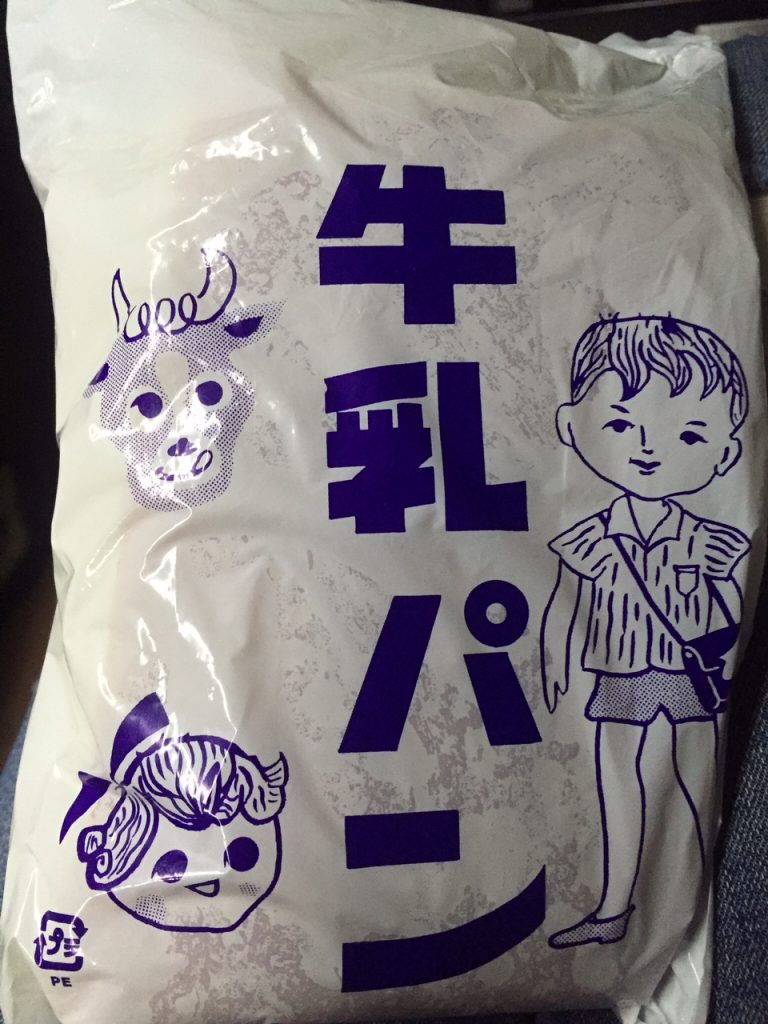
Trying some “milk bread,” a traditional snack from Nagano, at our first rest stop on the road to Magome, Day 1. Thanks for the recommendation, Chiara!
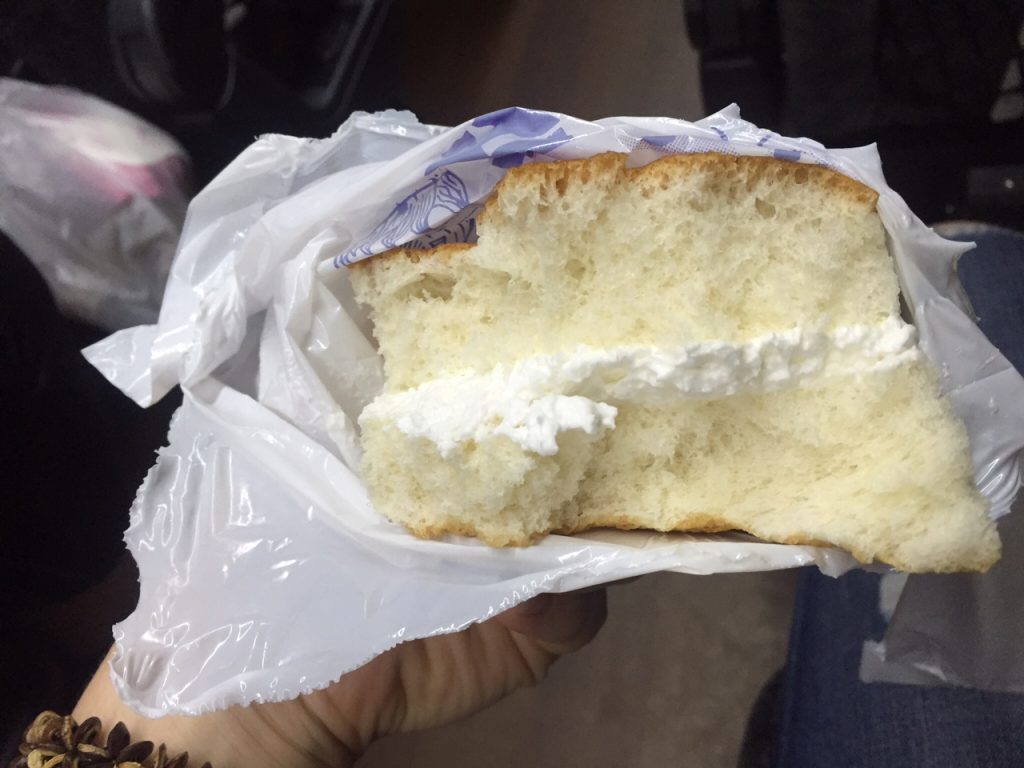
Simply delicious!
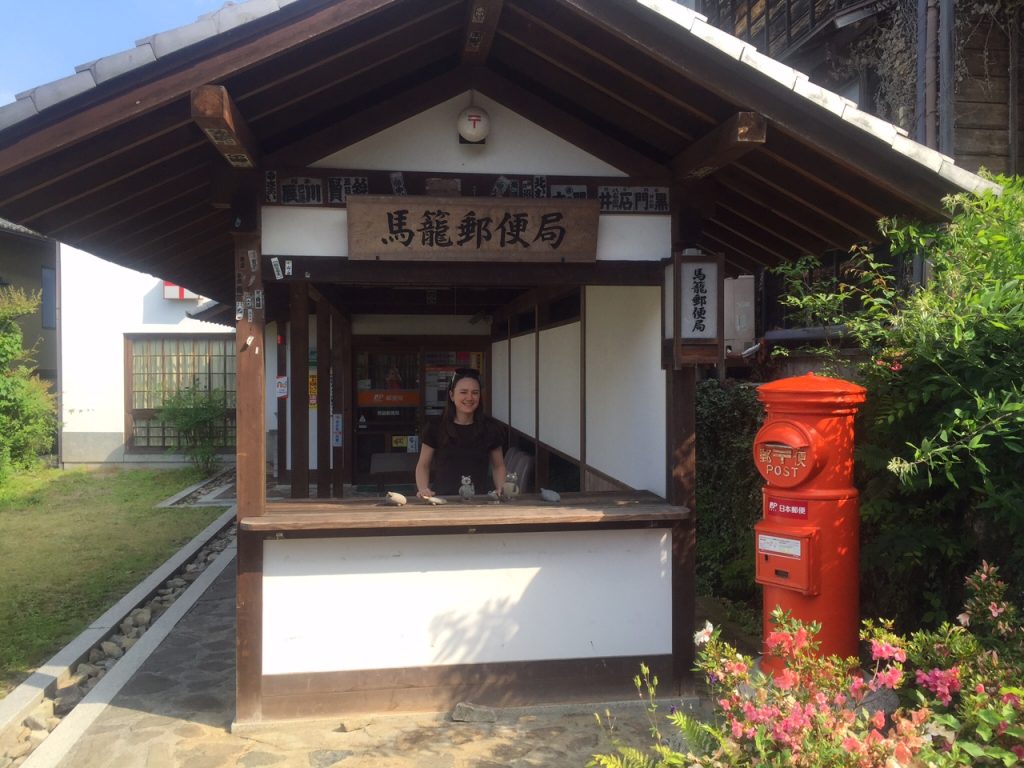
Playing postmaster in Magome
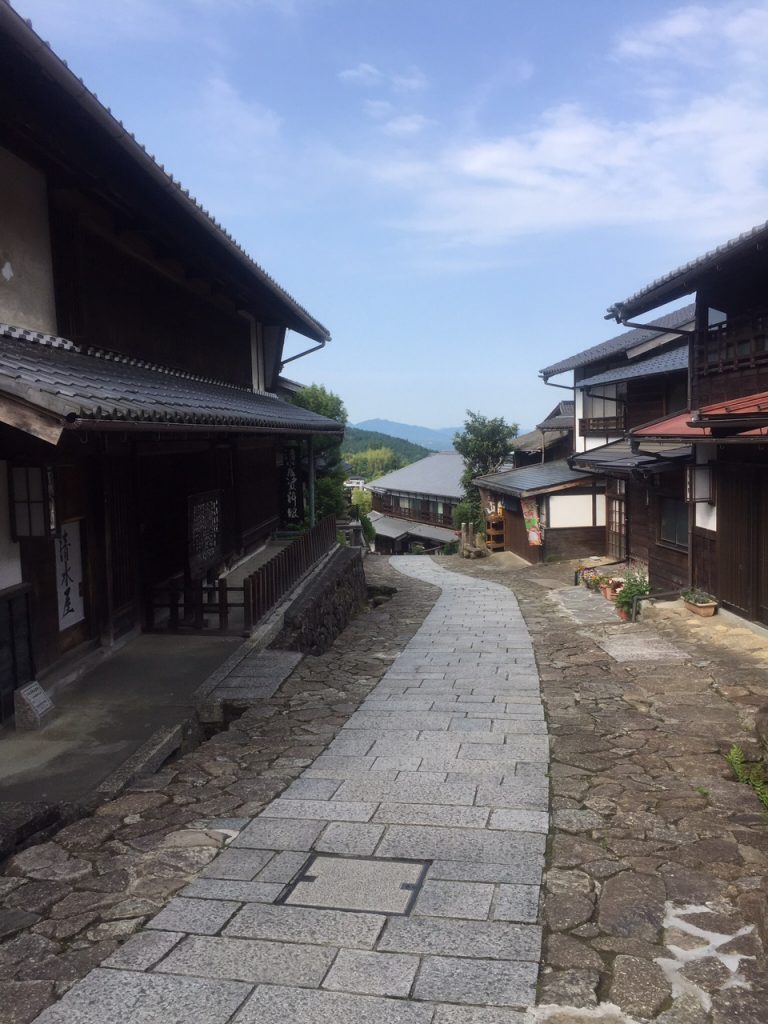
The gorgeous little town of Magome
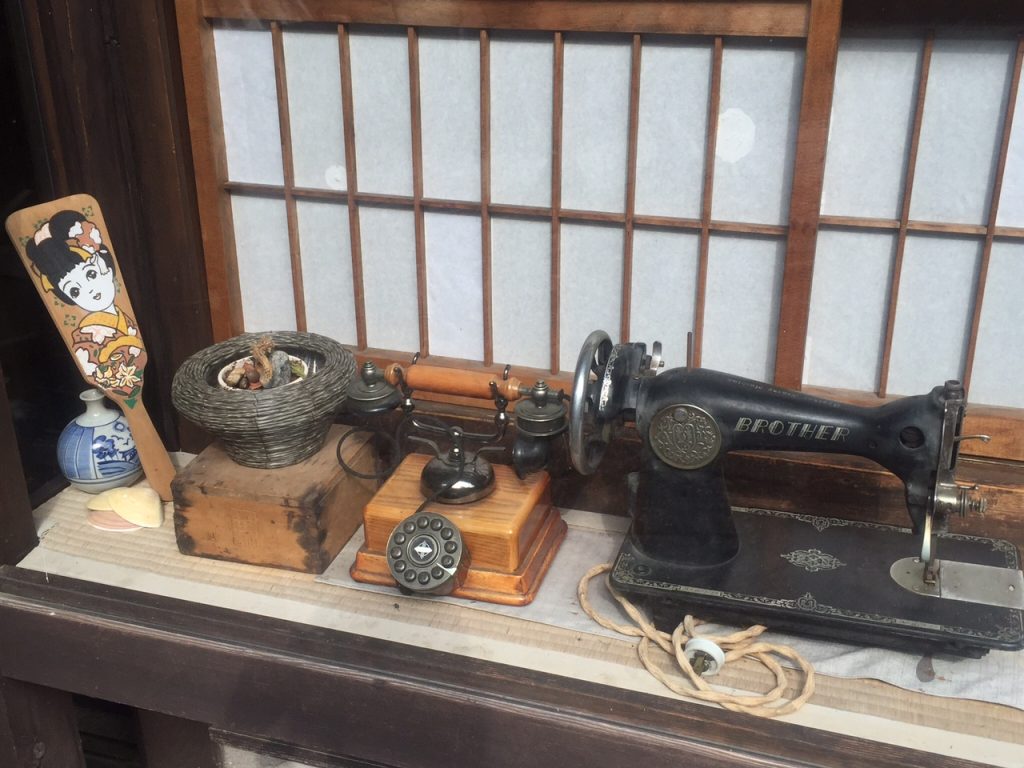
Tradition on the road in Magome
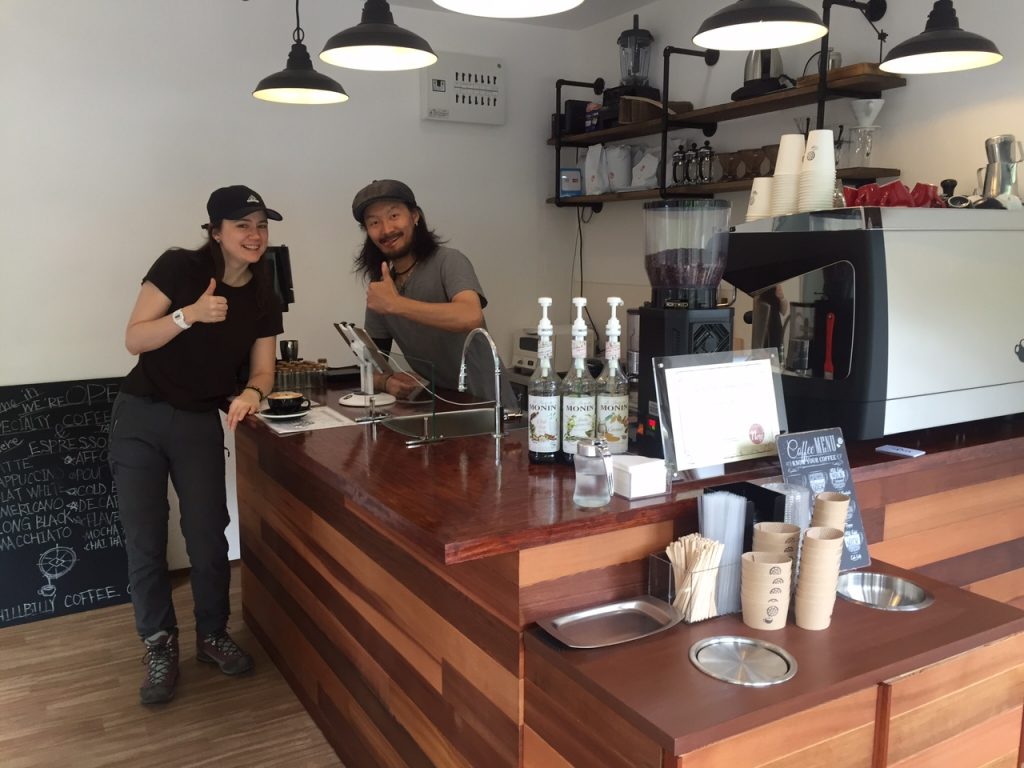
Hillbilly Coffee was like a light in the coffee darkness in Magome and opened at the perfect time for us hikers of 8am. You can find it at 4278 Magome, and it is open every day until 3:30pm every day. We also felt extra lucky to find that it had only been open for one month at the time we visited, although it is still going strong today! Owner Daisuke Fukui is an absolute treasure and this place next to the big waterwheel in Magome has to be one of the most popular spots along the trail.
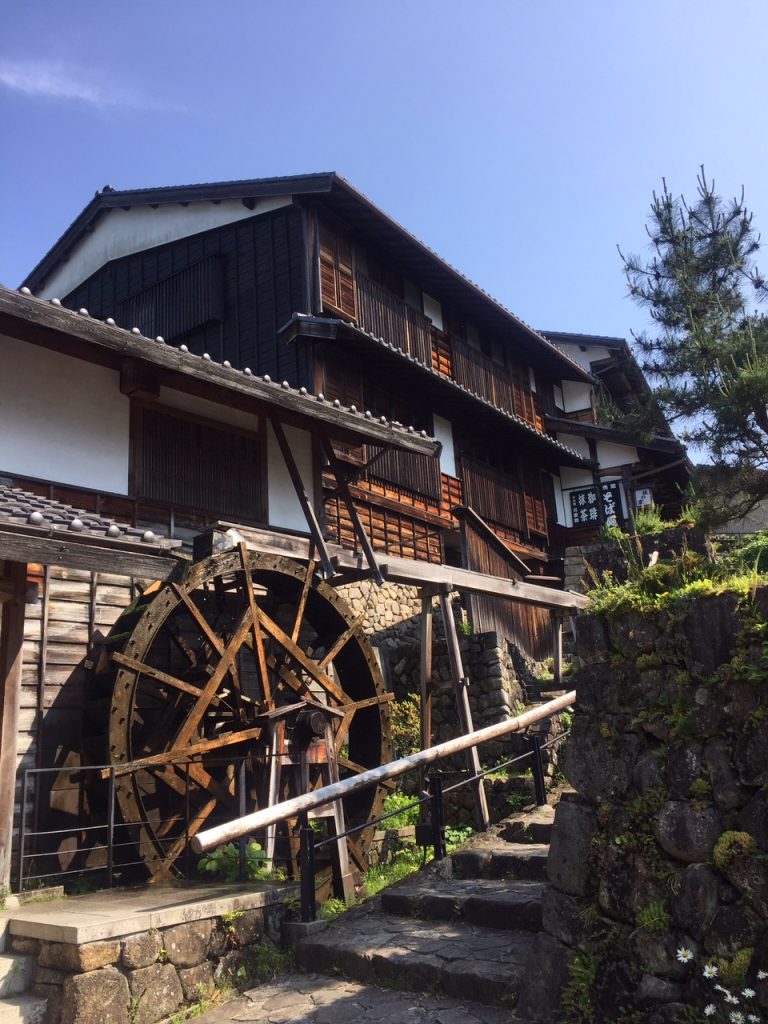
Waterwheels are a common site along the Nakasendo, but the one in Magome next to Hillbilly Coffee was the most beautiful!

What a perfect way to start our first day of hiking in Magome – thank you, Hillbilly Coffee Company!
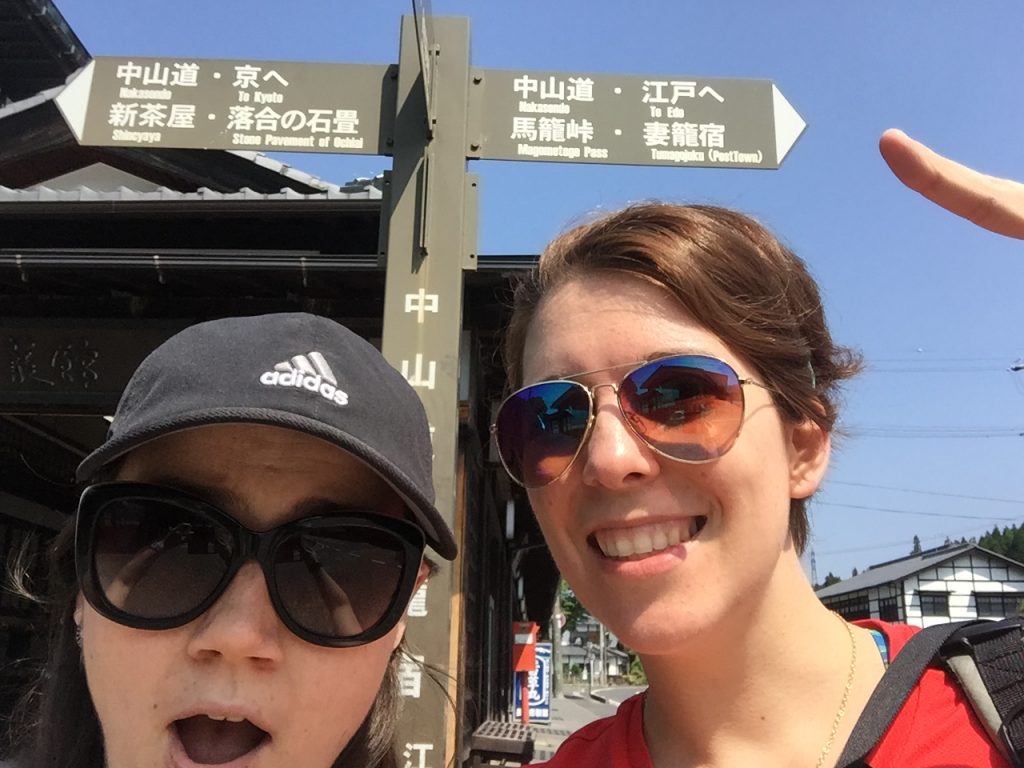
On the road between Kyoto and Edo, getting ready to leave Magome
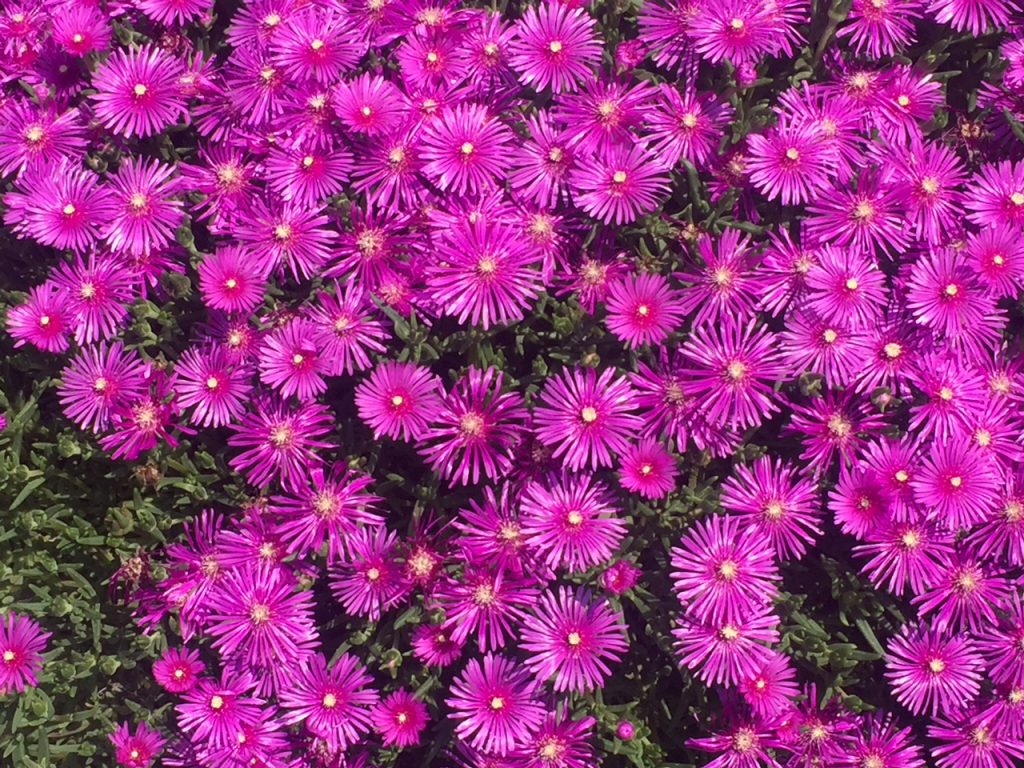
June is a beautiful time to hike the Nakasendo. We saw so many wildflowers all along the way.
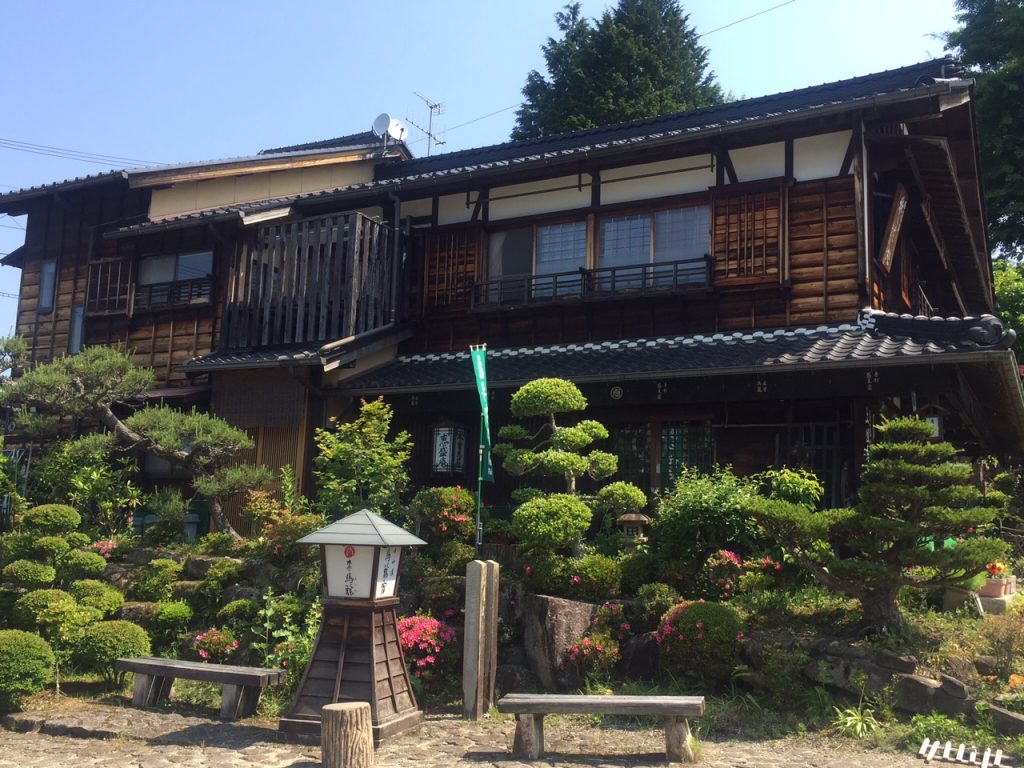
Gorgeous traditional homes along the Nakasendo – on the outskirts of Magome
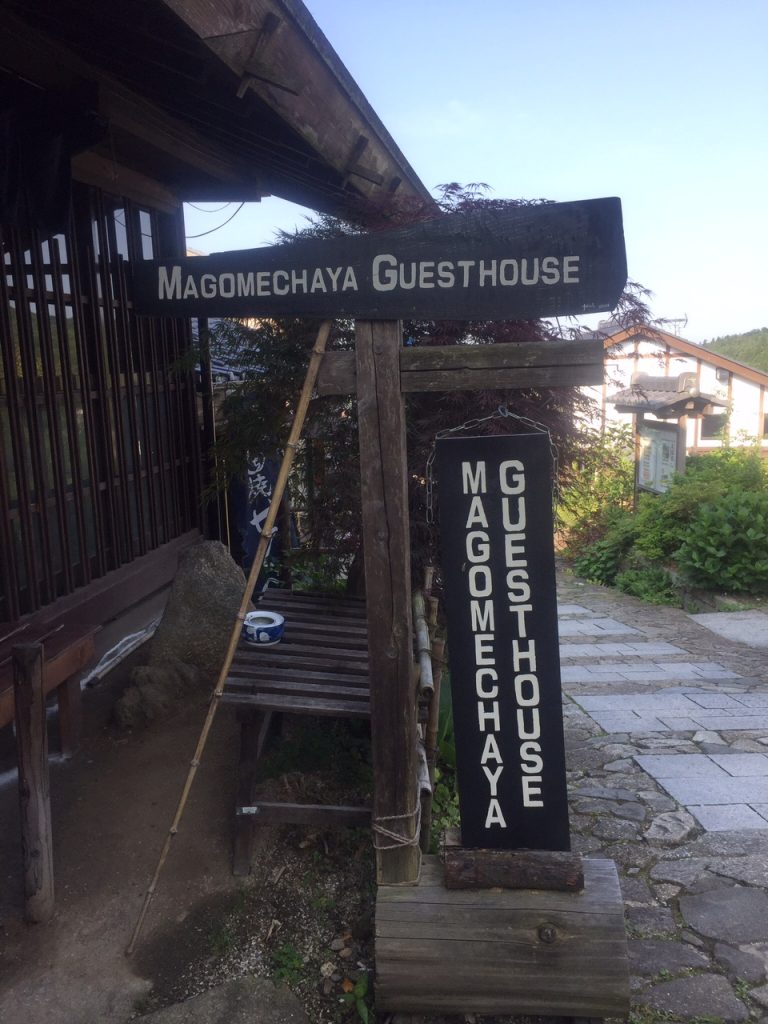
Where we stayed on Night 1 on the main road in Magome
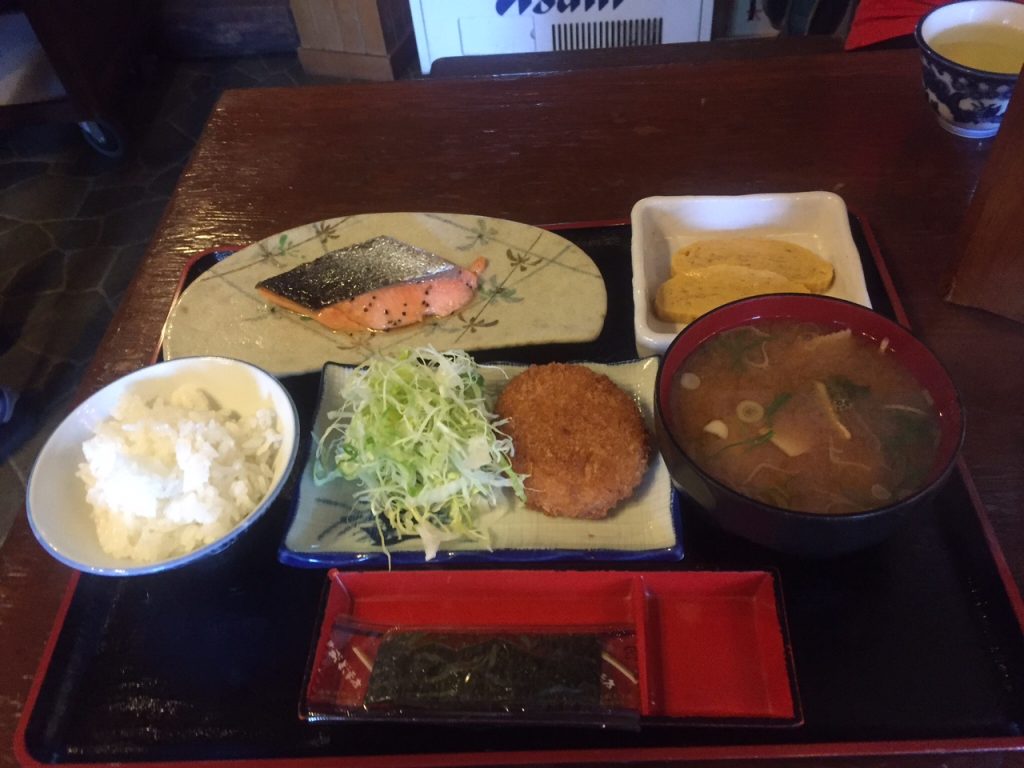
A typical Japanese breakfast in Magome from Magomechaya guesthouse
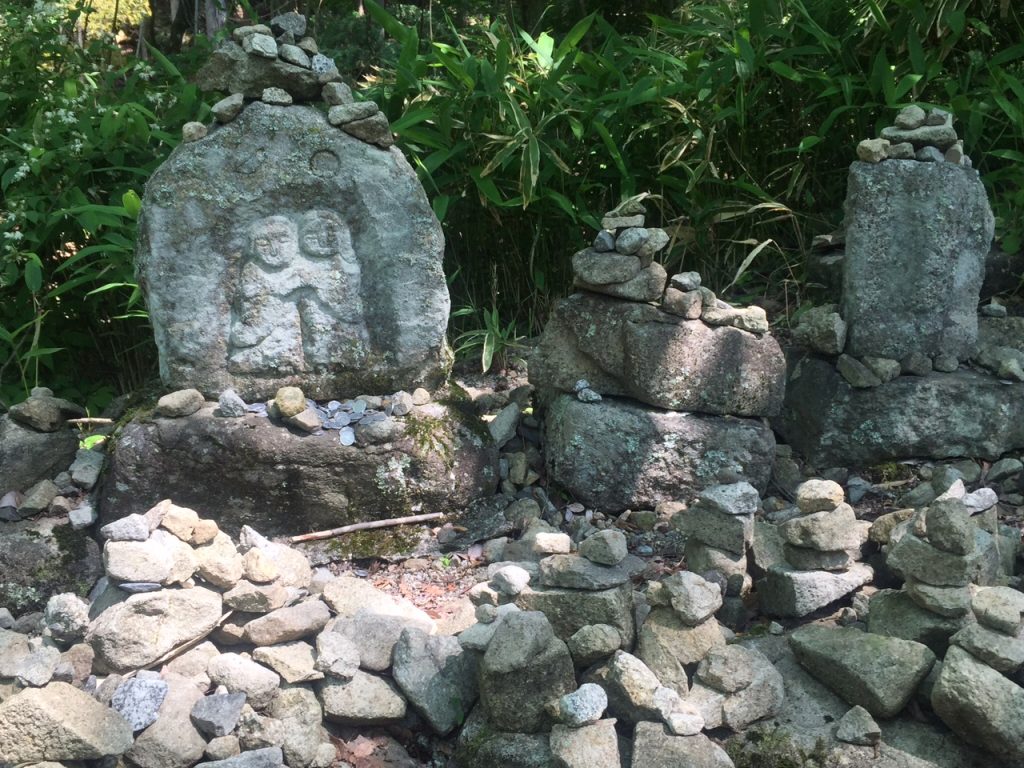
Making prayers and wishes with stones on the road between Magome and Tsumago, one of the most beautiful parts of the Nakasendo, which is about 9 km and took us about three hours to hike.
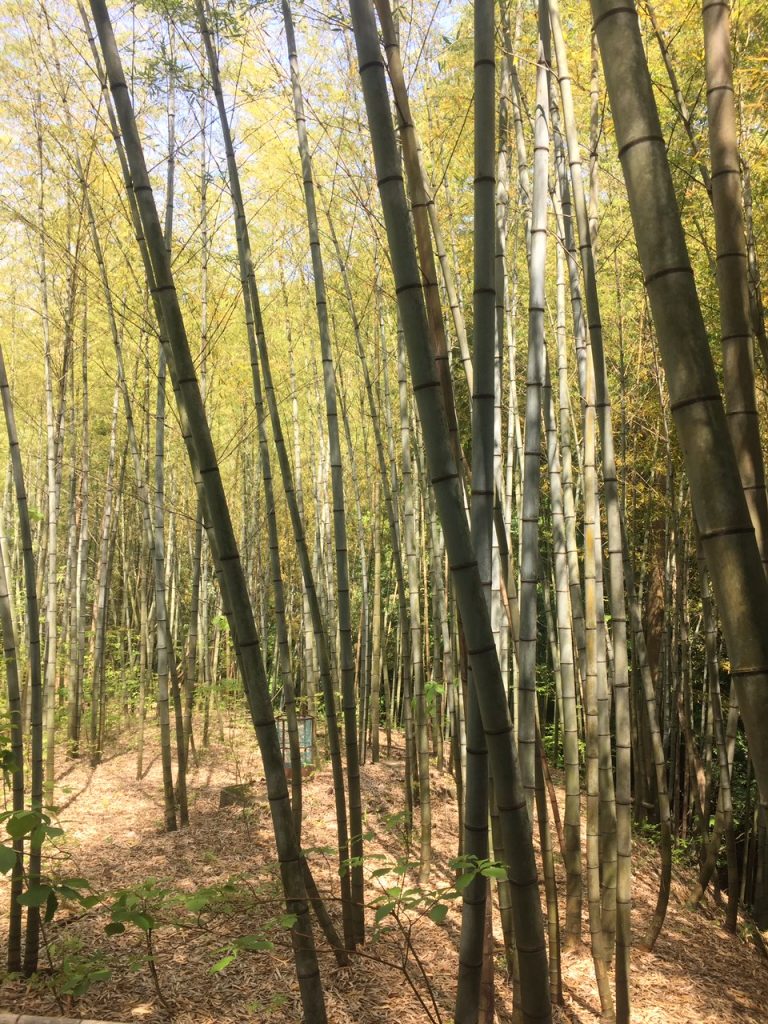
On the road to Tsumago
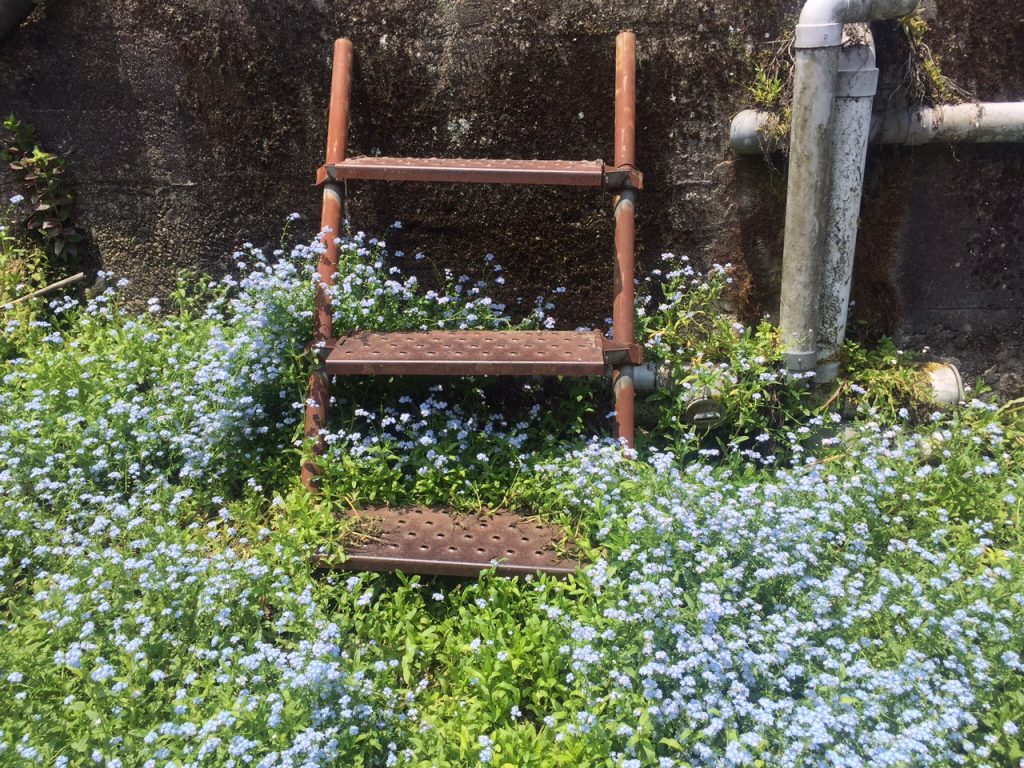
More wildflowers just before reaching the town of Tsumago
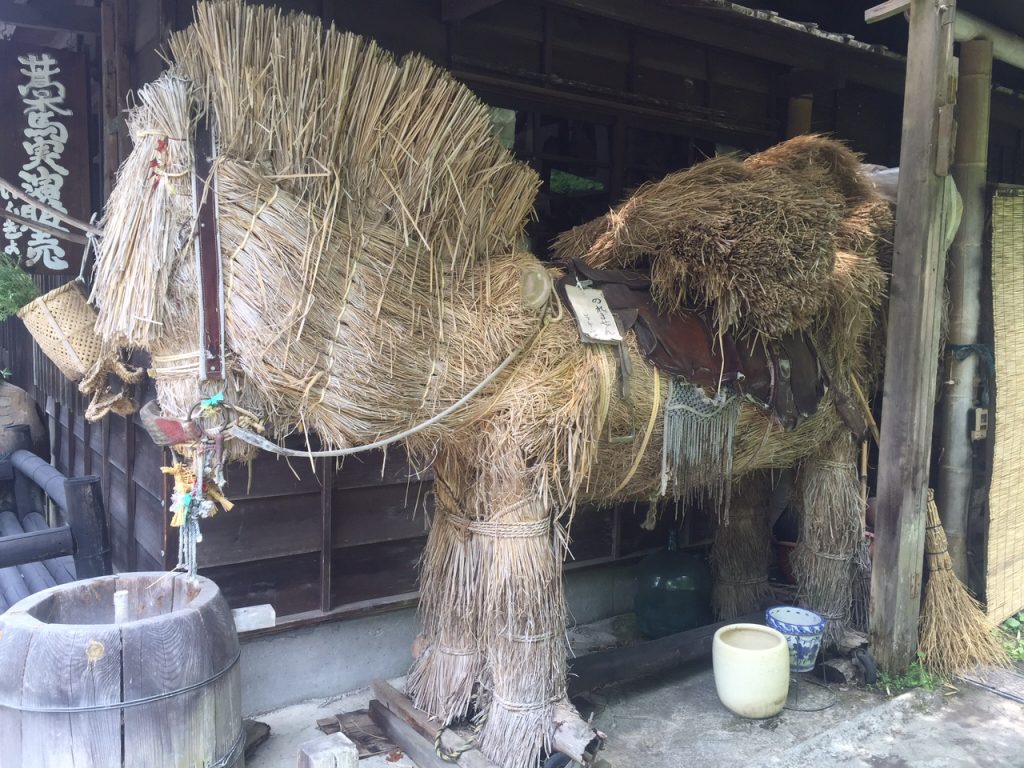
Hay is for horses
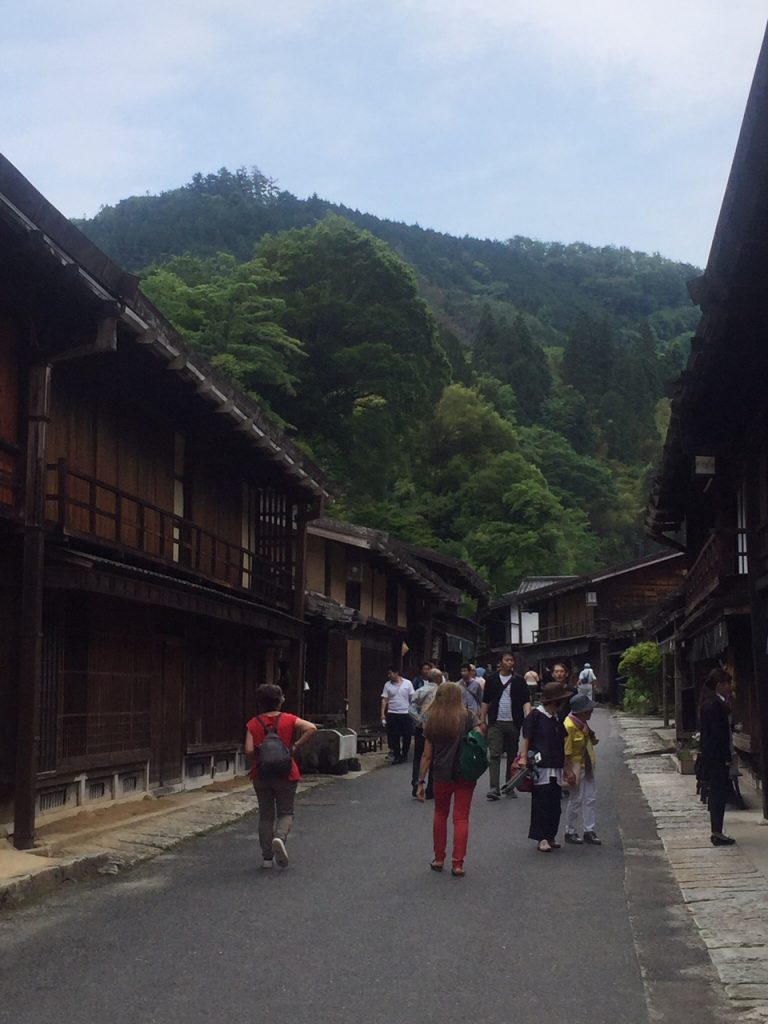
The beautiful town of Tsumago, the 42nd station on the Nakasendo.
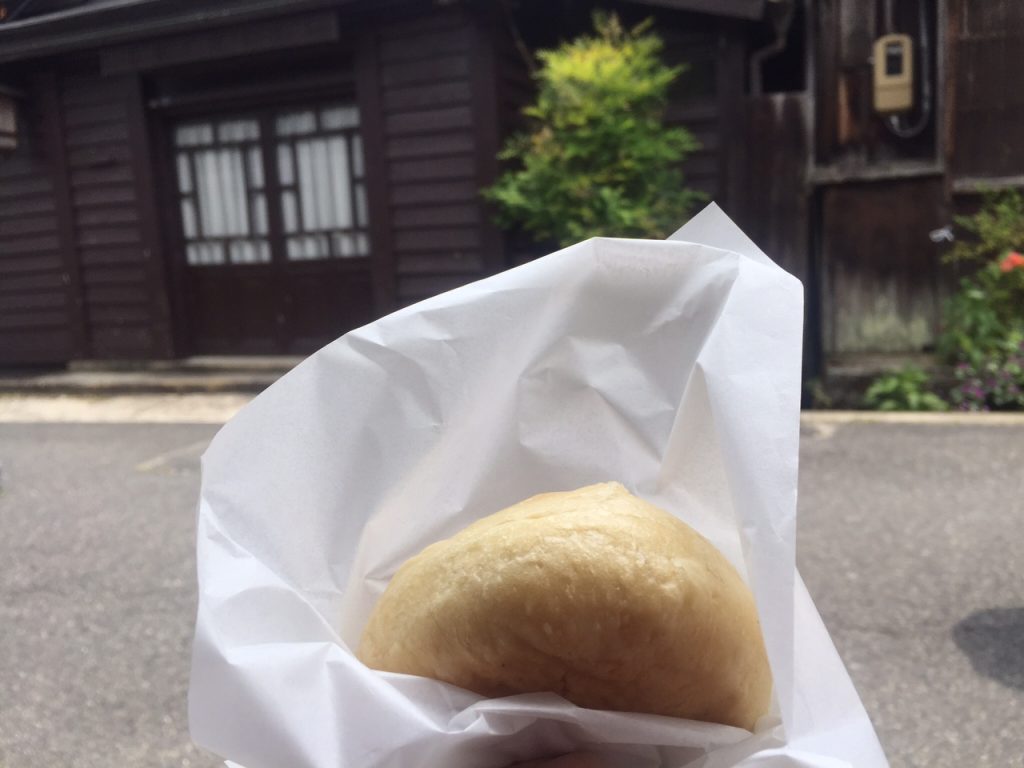
Oyaki, delicious flour dumplings filled with savory vegetables or sweet beans) – a Nagano specialty.
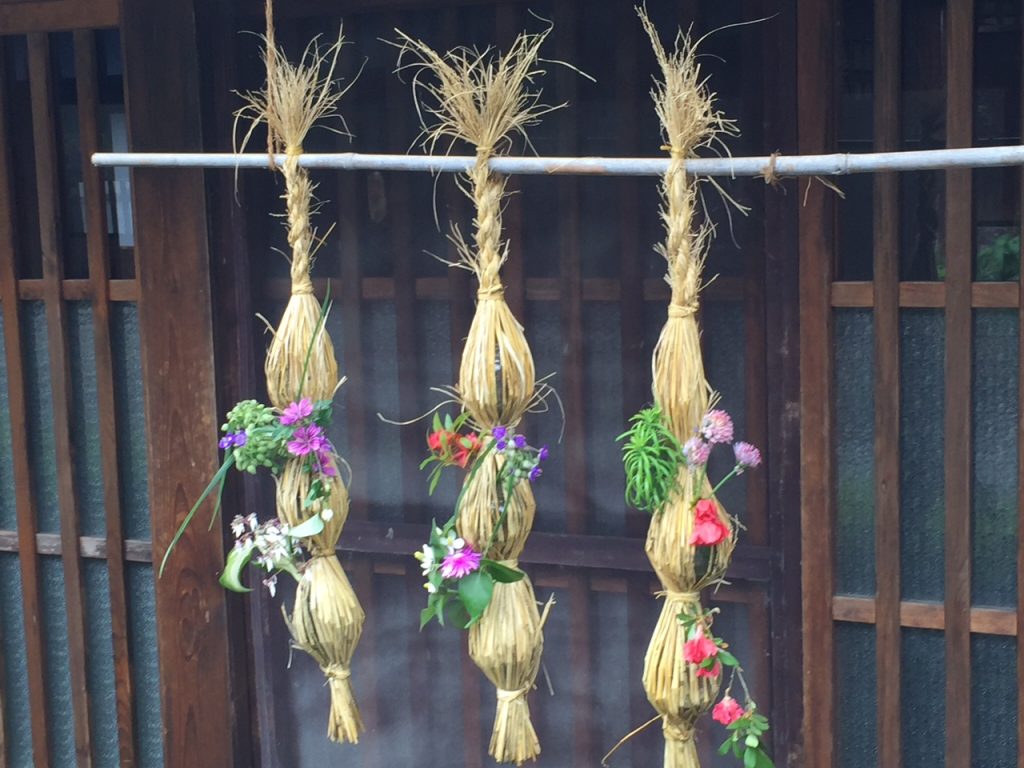
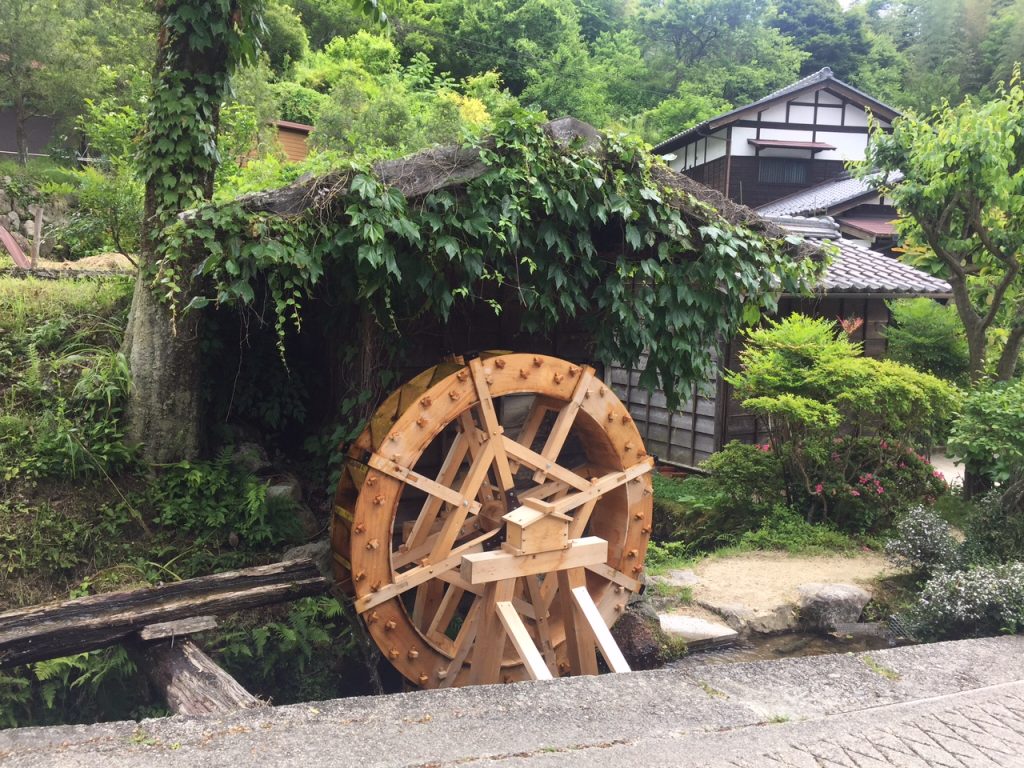
More waterwheels!
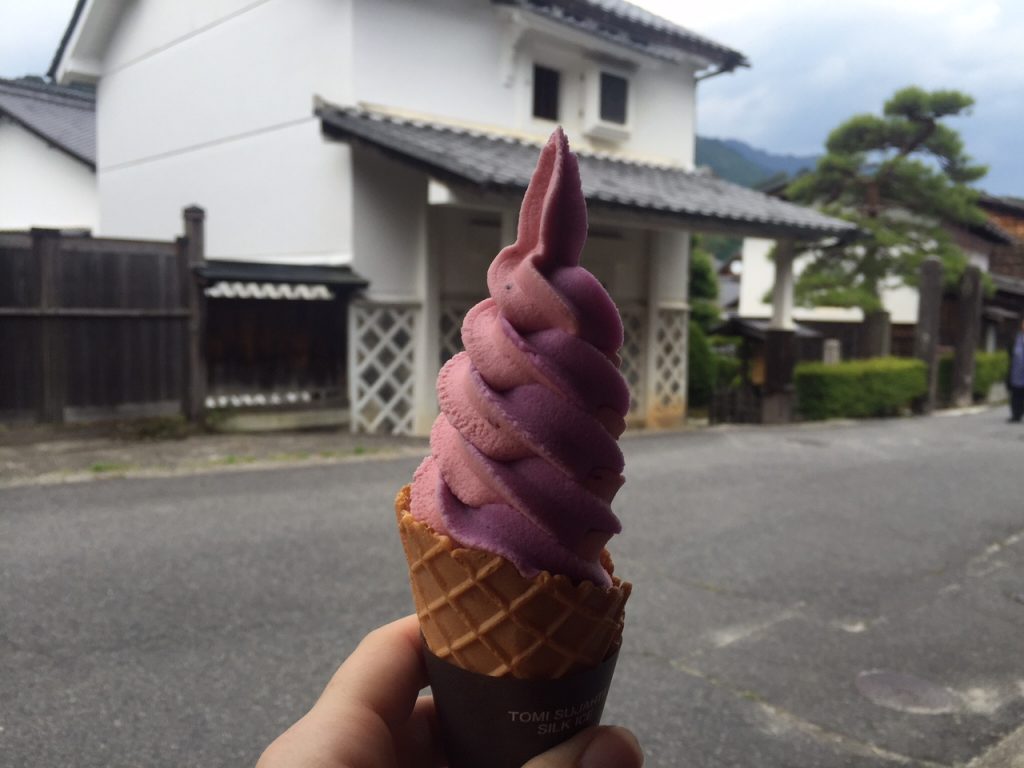
Another yummy treat on the Nakasendo i the town of Tsumago – “Berry Mix” soft serve ice cream with a traditional storehouse in the background
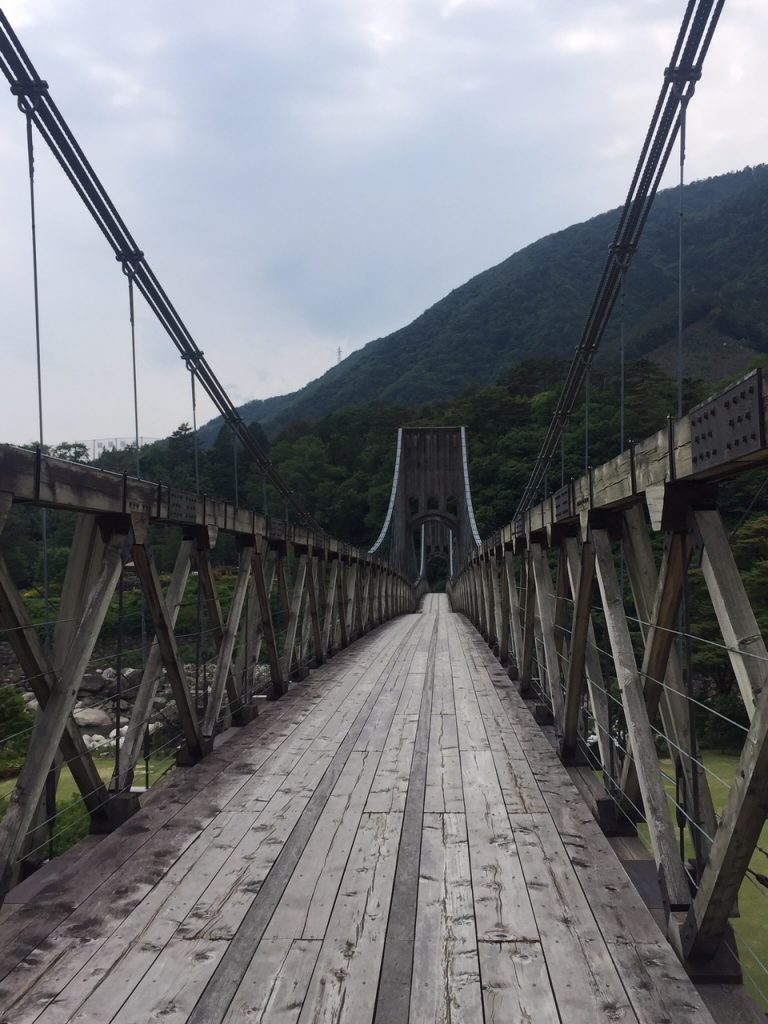
The fantastic Momosuke bridge at Nagiso station, as we waited to take the train to Kiso-Fukushima.
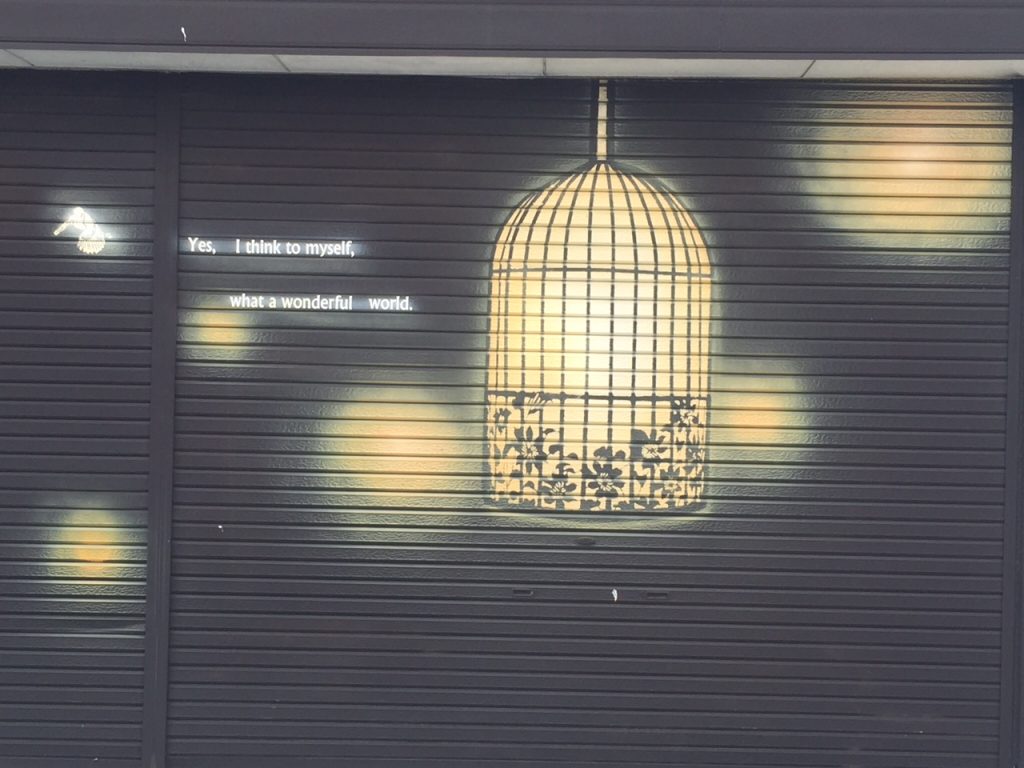
Gorgeous shutter art at Kiso-Fukushima
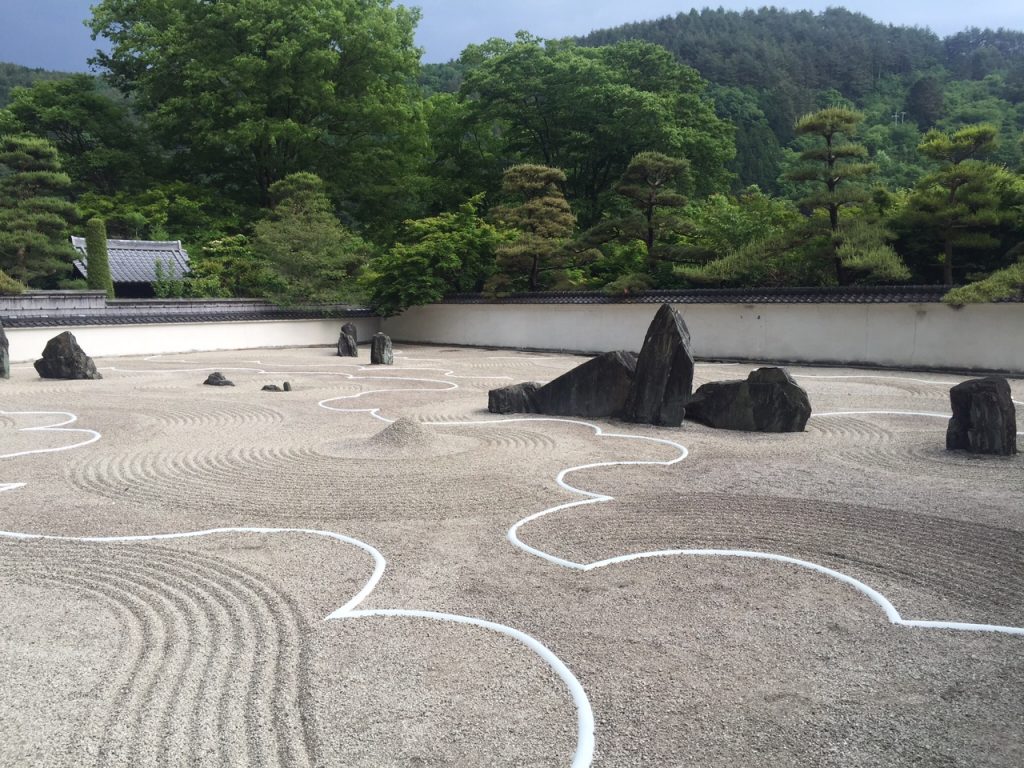
Visiting Kozenji, the largest dry rock garden in Japan, about 15 minutes from Kiso-Fukushima station. I highly recommend a visit to this place, perhaps even shortly before it closes for a better chance of less crowds
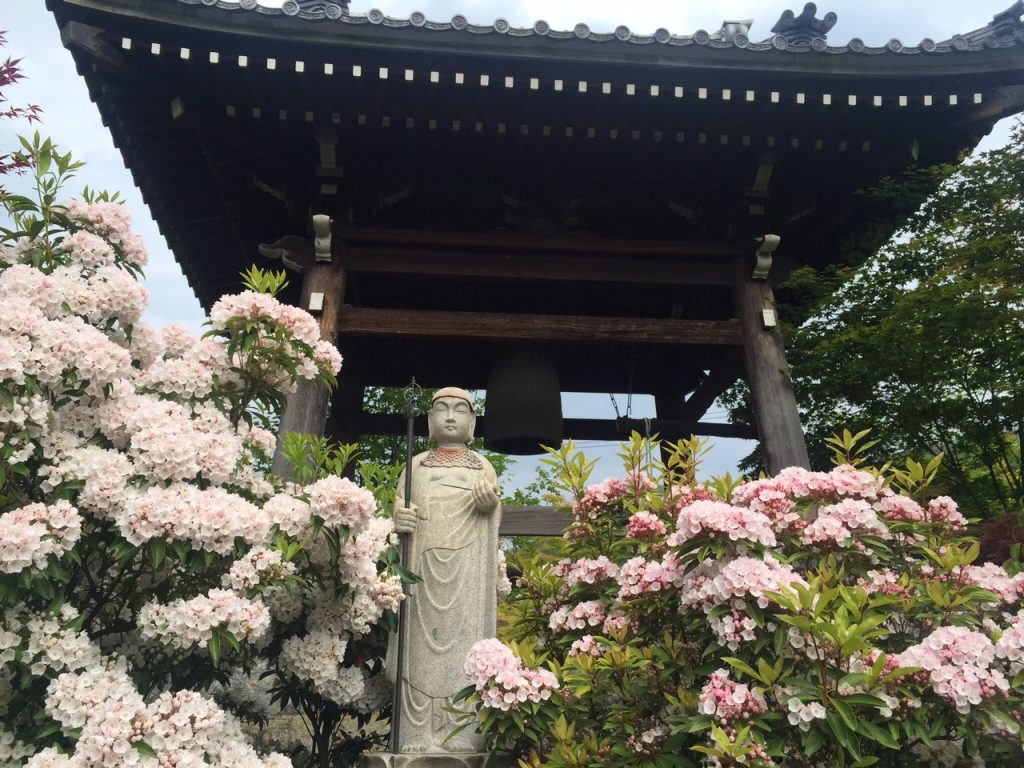
Beauty at Kozenji
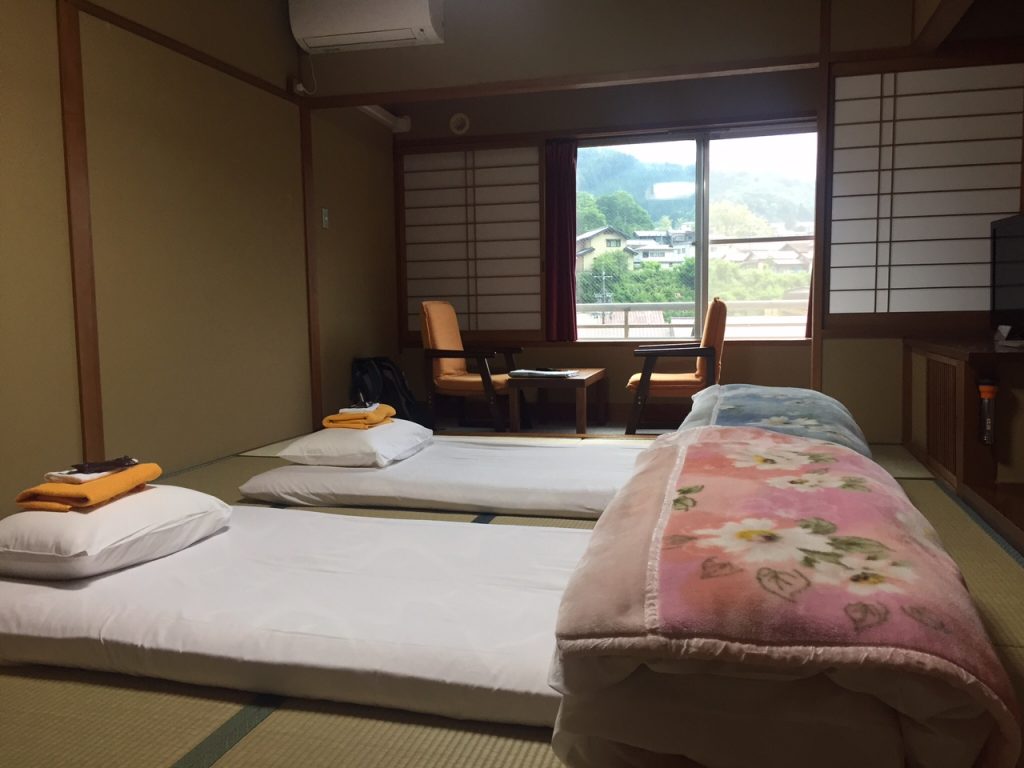
A very nice stay in Kiso-Fukushima at Kiso Mikawaya. We thought it was funny that they assumed “pink” and “blue”
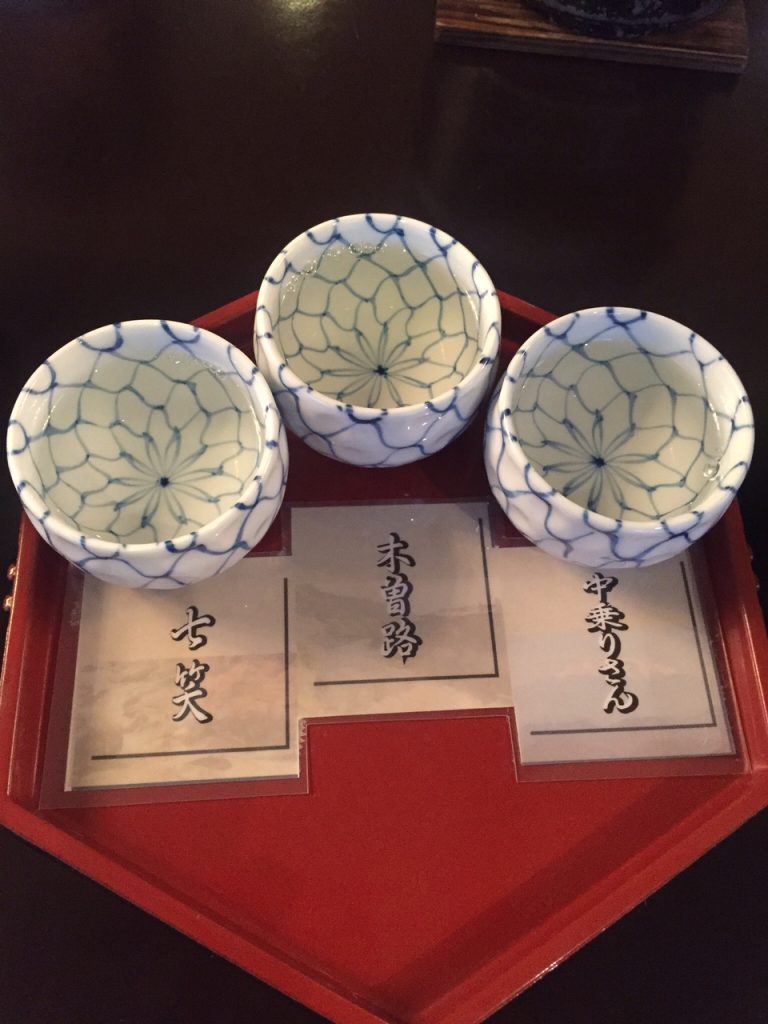
The sake taster for 800 yen at the wonderful Kiso Mikawaya
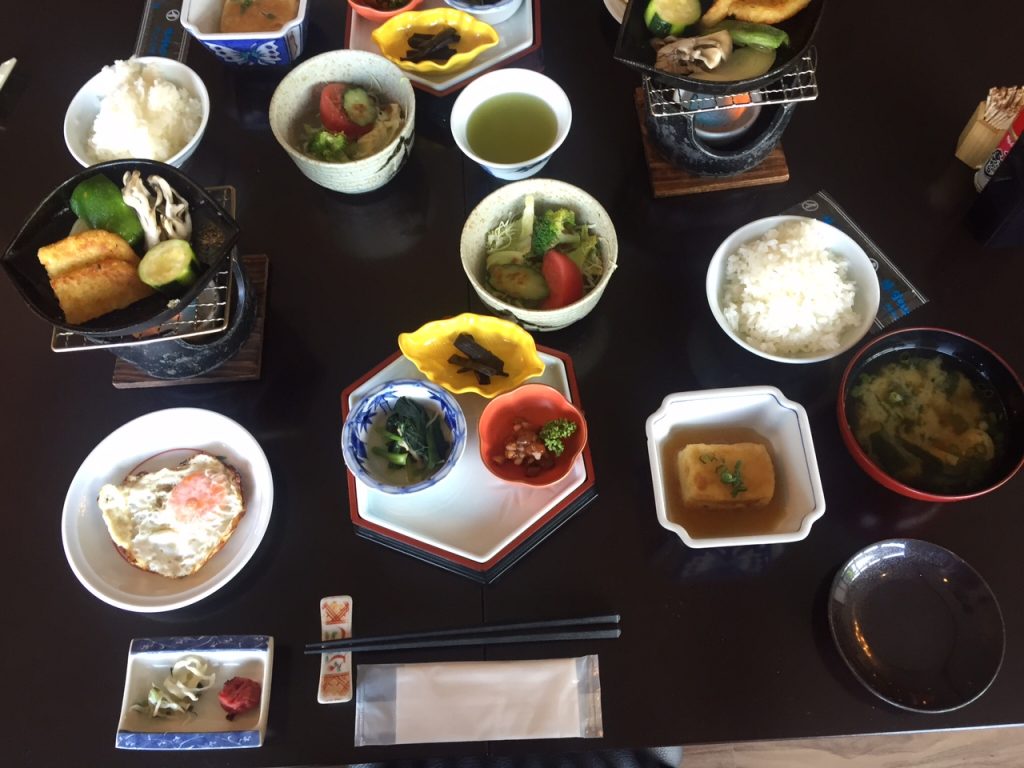
Our wonderful dinner at the Kiso Mikawaya.
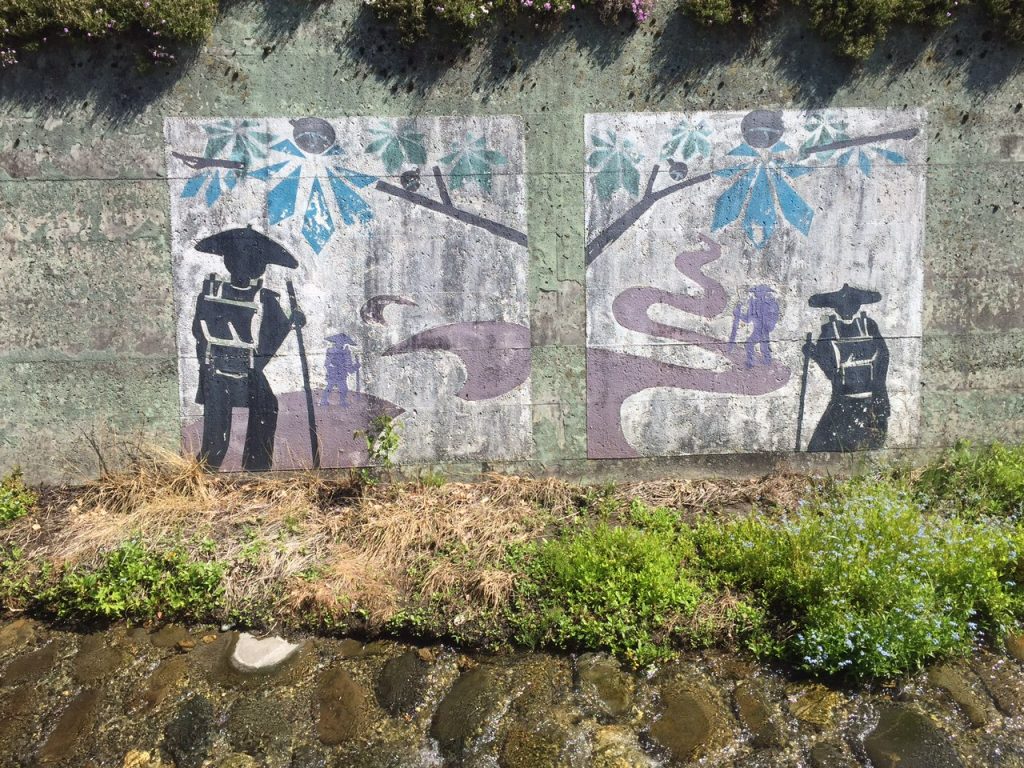
Beauty on the Nakasendo
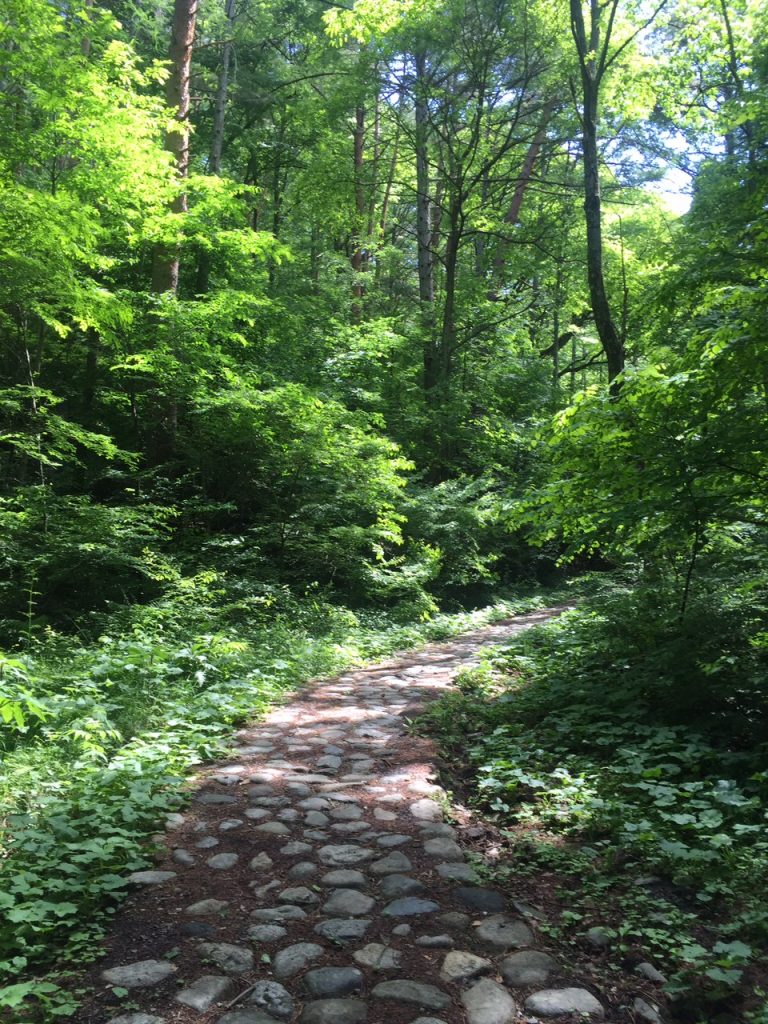
Day 3 on the hike from Kiso-Fukushima to Narai
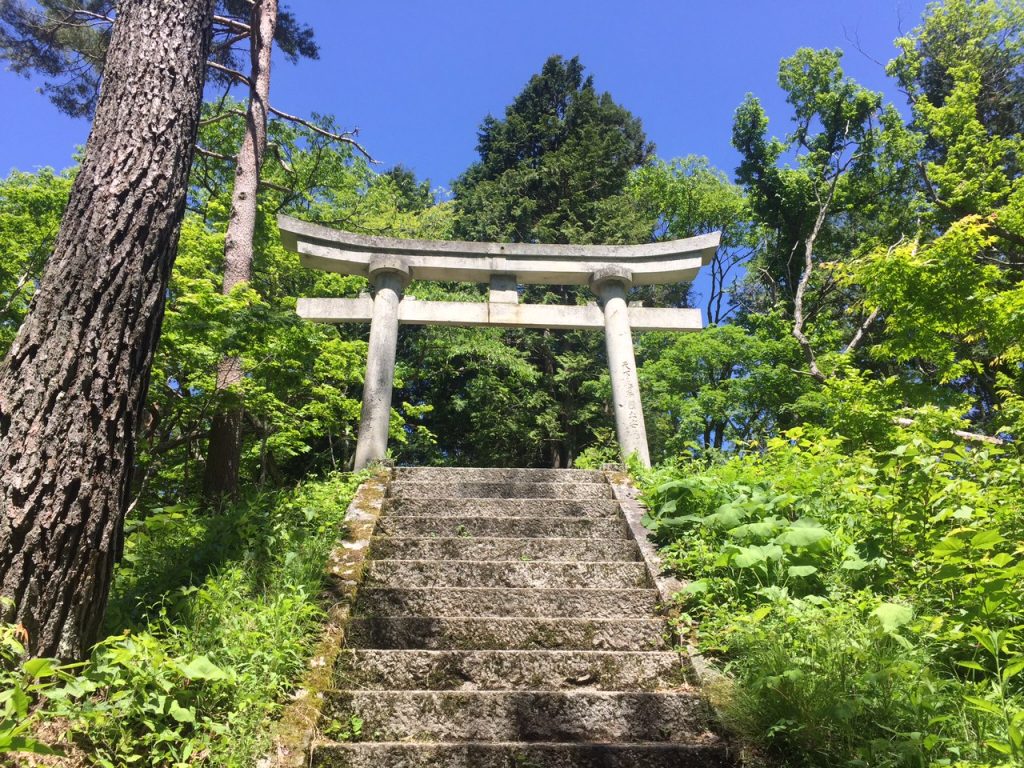
We reached the top!

One of the coolest (or scariest?) things along the Nakasendo were the “bear bells” – that’s right, bear bells. The trail actually provided bells for hikers to ring even with an English note that said “Ring hard for bears”. I rang every bell that I could find!
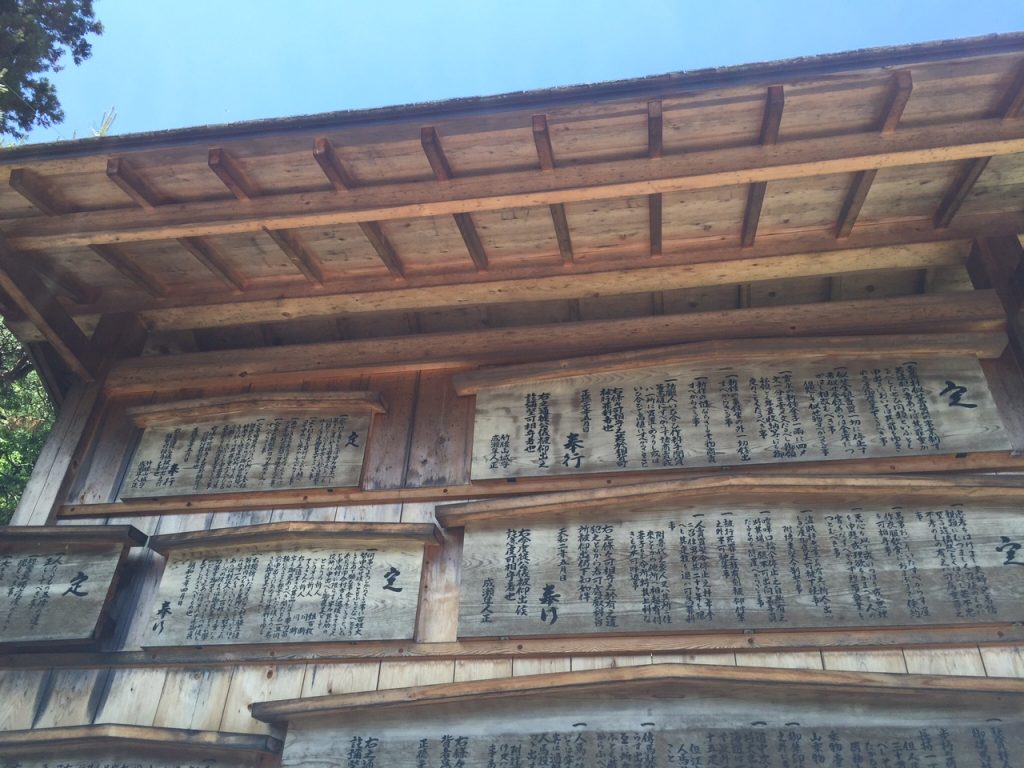
The many rules of the road, proudly displayed in every postal station. There were so many rules including no spitting
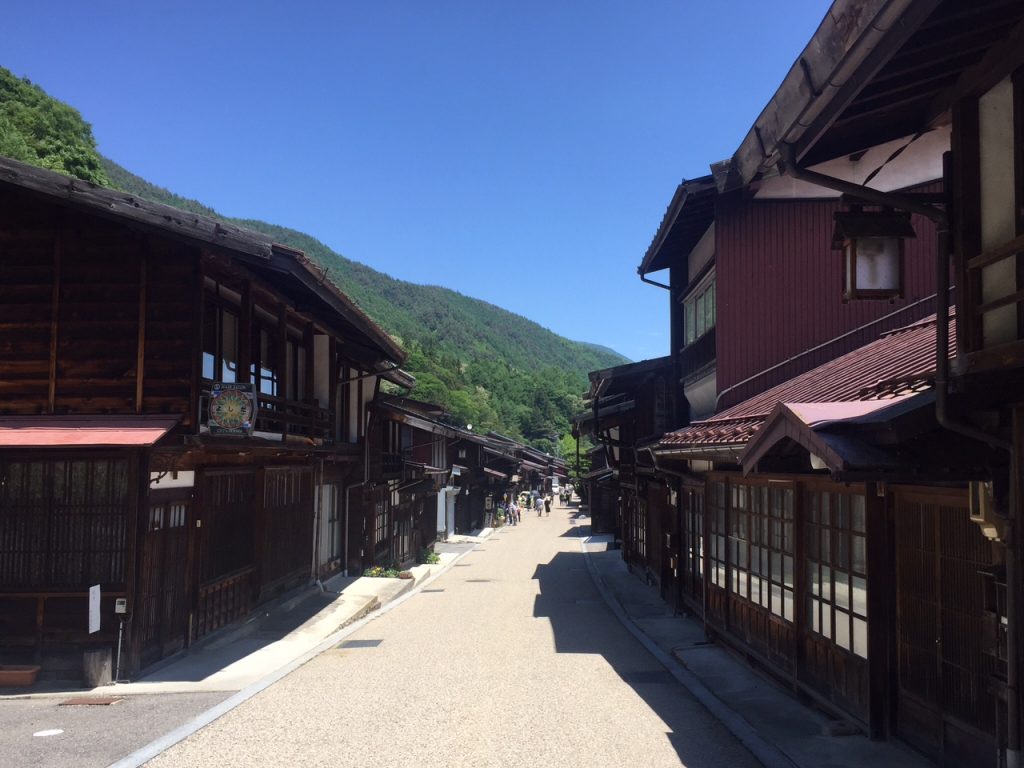
The most beautifully preserved post station on the Nakasendo—Narai, station #34 of 69
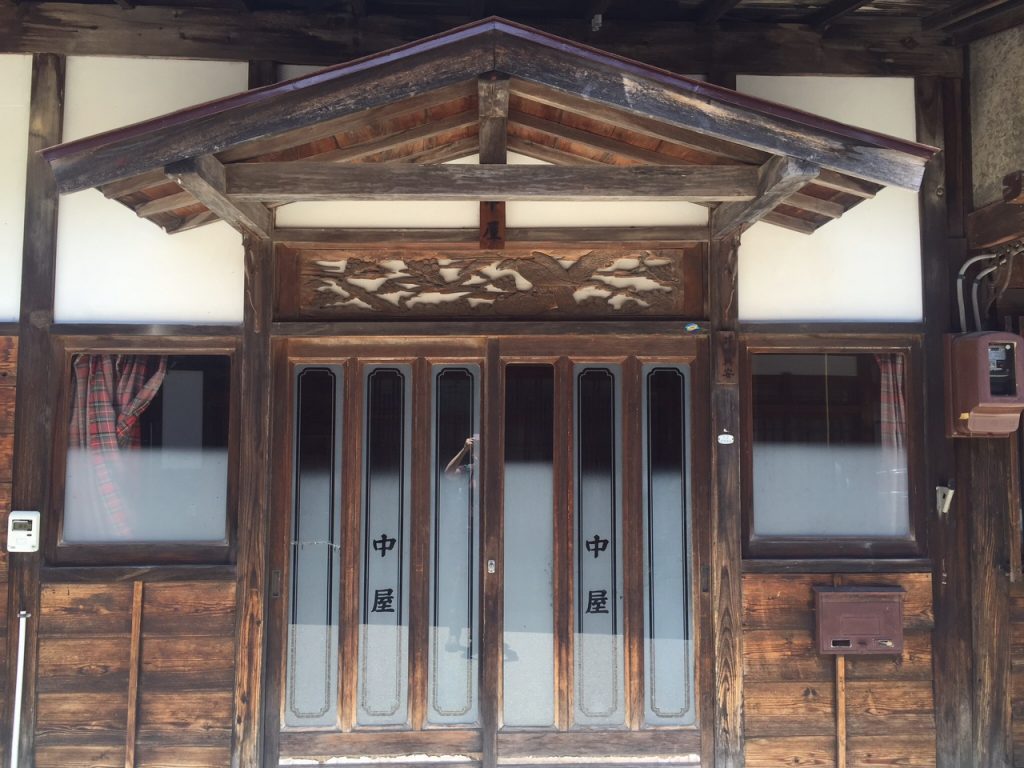
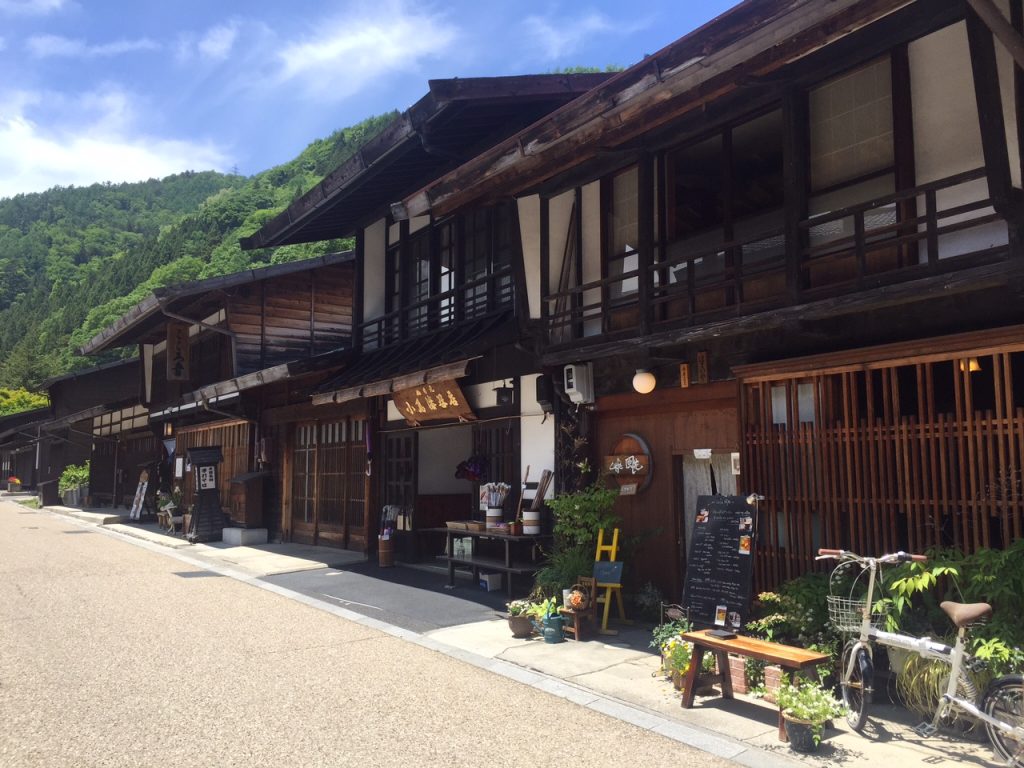
Beautiful Narai
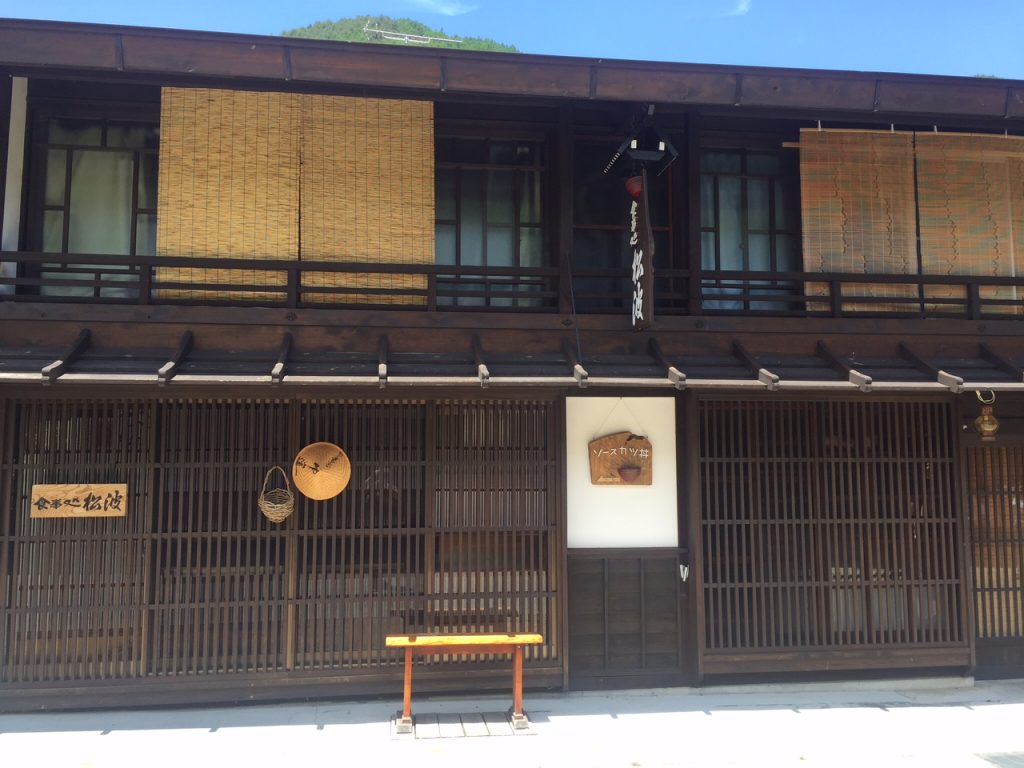
More rowhouses in Narai
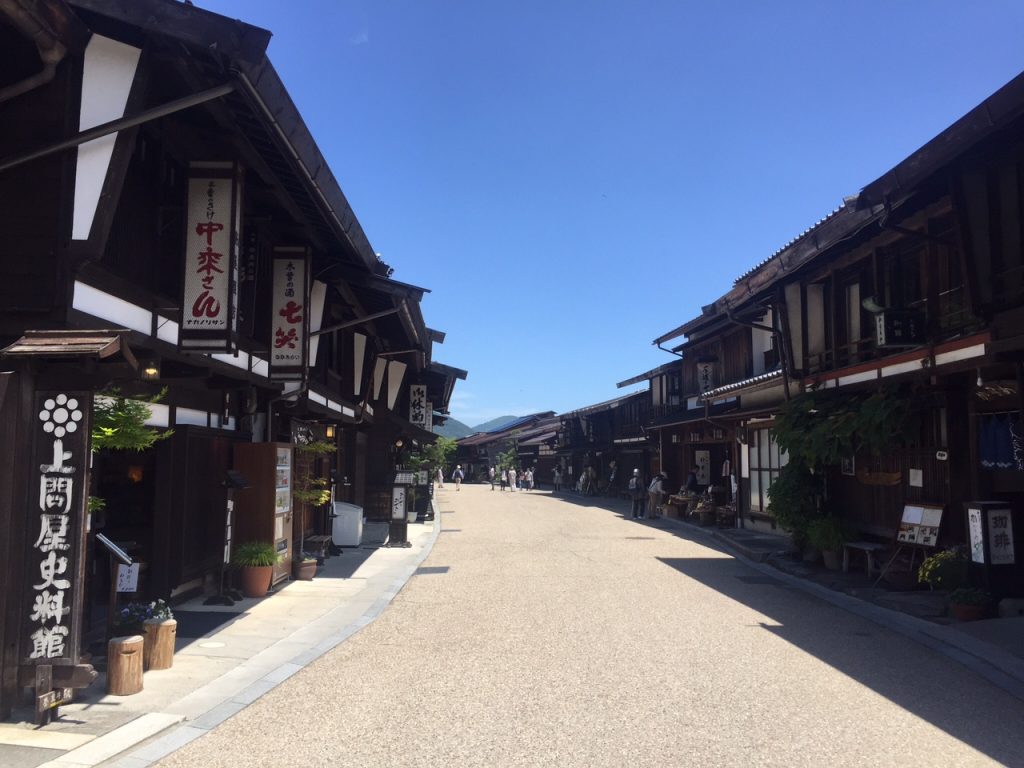
Would love to come back to the Nakasendo one day

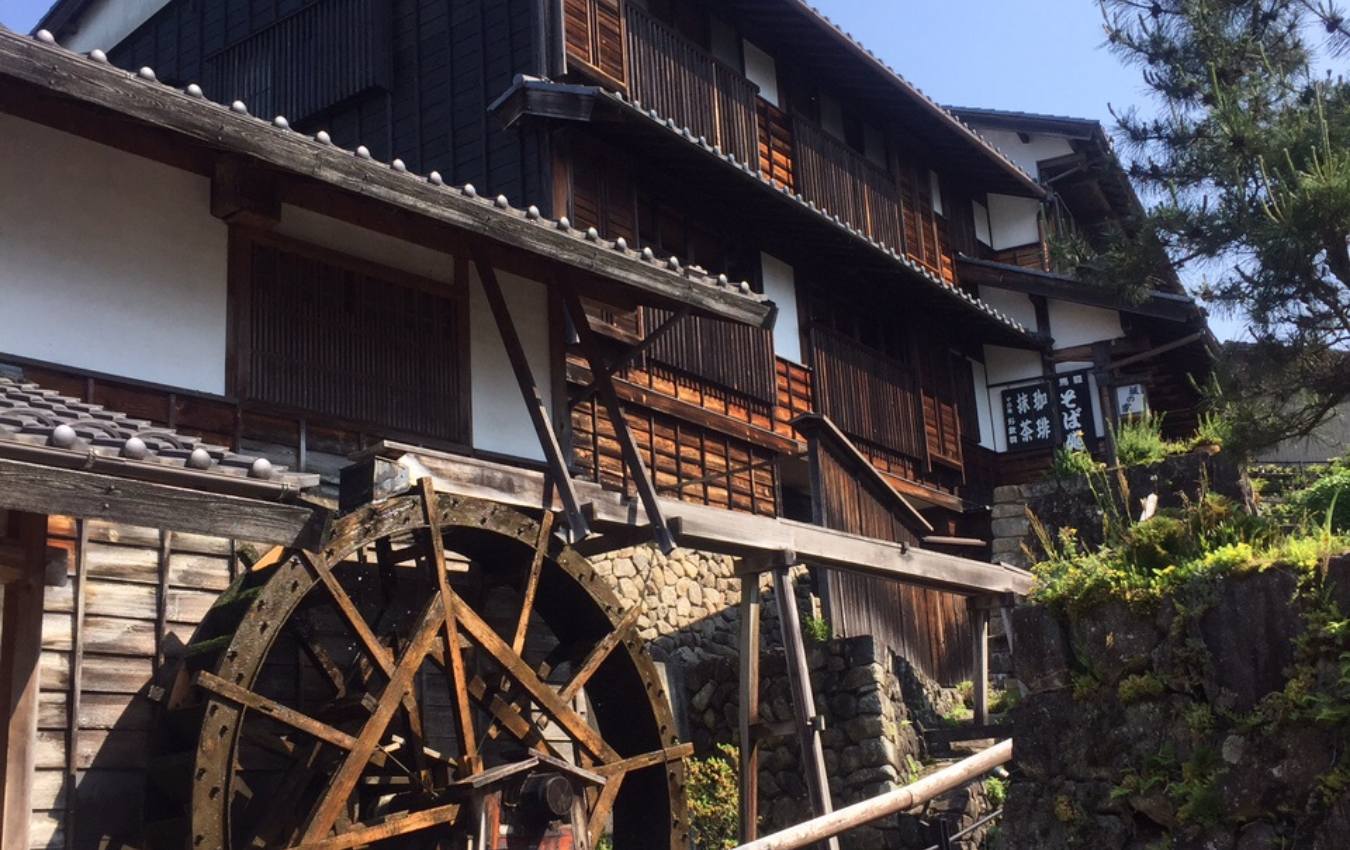
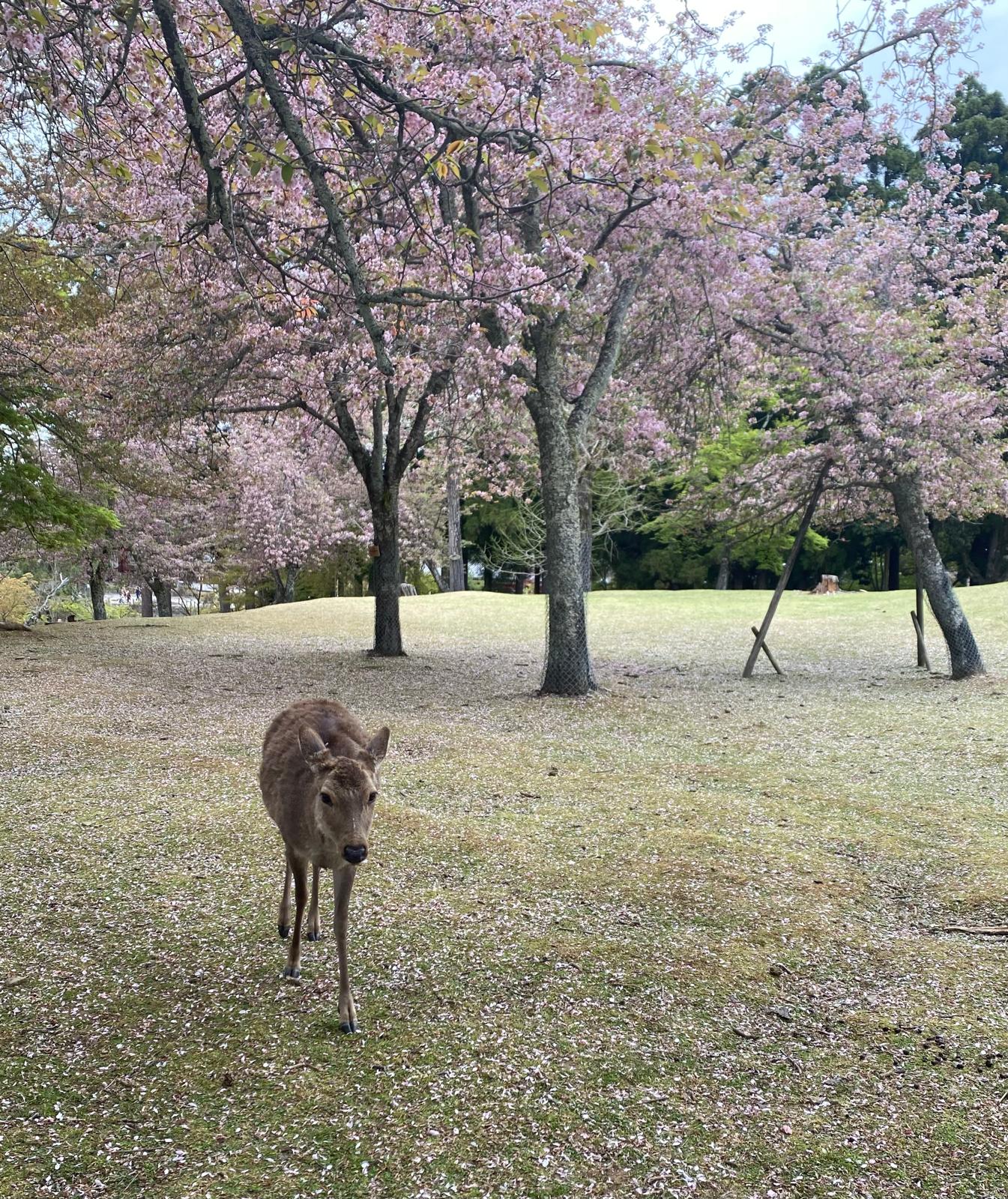
Hiked here w a group from MT Sobek travel. Beautiful hike, beautiful Post towns.